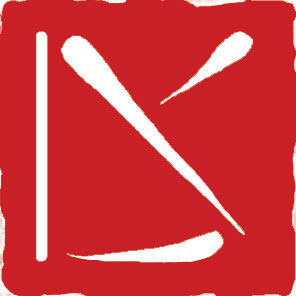Stage sculpture sur bois
Lors de ces stages, en petit comité (3 à 4 personnes), chacun découvre ce qu’est le bois, les outils très variés pour le travailler. En particulier, on commence toujours par le travail à la gouge, meilleur moyen de ressentir le fil du bois et ses difficultés à le travailler. Puis chacun part sur un projet personnel en fonction de ses capacités, pour créer et approfondir ses connaissances tout en se faisant plaisir.
During these workshops, in small groups (3 to 4 people), everyone discovers what wood is and the wide variety of tools used to work it. In particular, we always start with gouging, the best way to feel the grain of the wood and the difficulties involved in working it. Then everyone sets off on a personal project based on their abilities, to create and deepen their knowledge while having fun.

Dans l’atelier, chacun travail à son poste, sur un établis sa taille.
In the workshop, everyone works at their station, on a workbench of their size.


Le geste de la main et la préhension du bois est essentiel pour sculpter.
The gesture of the hand and the grip of the wood is essential for carving.











